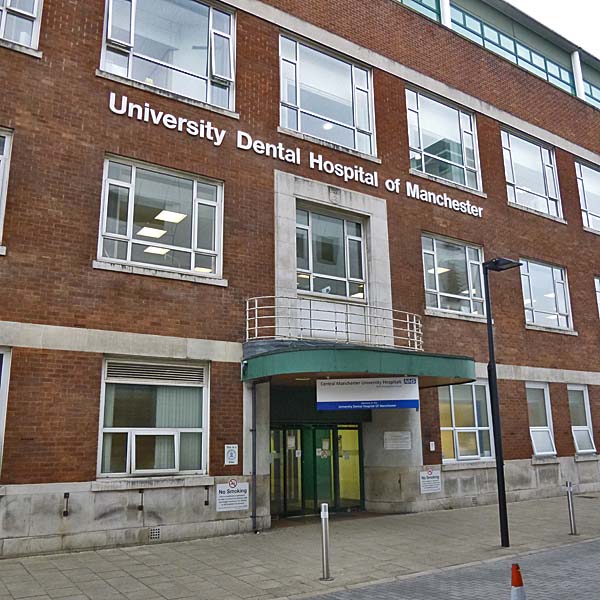
The University Dental Hospital of Manchester is one of the key specialist dental hospitals in the UK. Around 90,000 patients come to us for treatment every year, and we look after both adults and children.
We are situated on the Manchester University Campus, and bring together a wide range of experts from the University Dental School and Manchester University Hospitals NHS Foundation Trust. The hospital is also responsible for training the next generation of dentists and other dental professionals.
All our staff want to ensure you have a good experience during your treatment at the hospital . If you have any concerns or worries, do please talk to the team treating you or your child. They are very happy to explain everything involved in your treatment and follow-up care, and help with any worries you may have.
